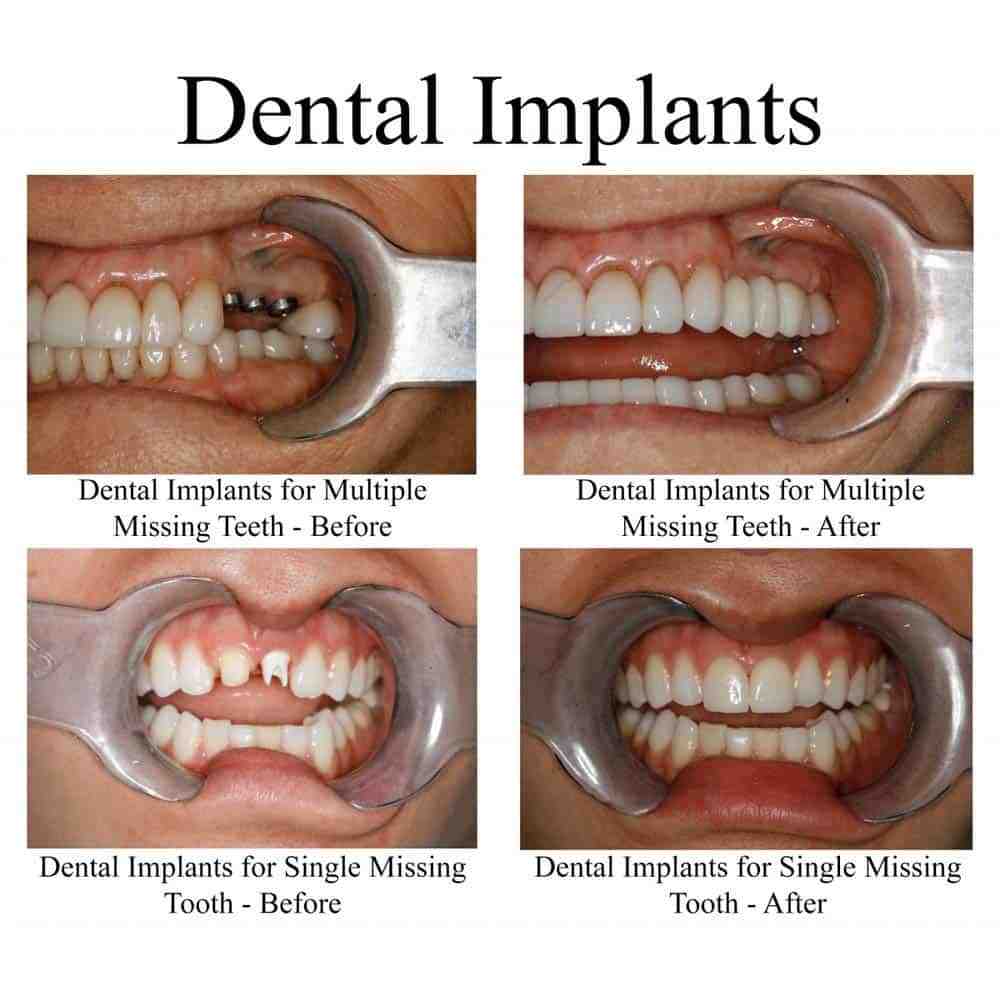Teeth Pulling Guide: Easy Recovery
The prospect of having a tooth pulled can be daunting, but with the right information and preparation, the process and recovery can be smoother than you might expect. Tooth extraction, also known as exodontia, is a common procedure that may be necessary for various reasons, including severe tooth decay, impacted teeth, or to make room for orthodontic treatment. Understanding what to expect before, during, and after the procedure can significantly reduce anxiety and facilitate a speedy recovery.
Pre-Extraction Preparation
Before undergoing a tooth extraction, it’s essential to discuss your medical history with your dentist or oral surgeon. This includes any medications you’re currently taking, as some may need to be adjusted before the procedure. For example, if you’re taking anticoagulants (blood thinners), your dentist may advise you to stop taking them for a few days before the extraction to minimize the risk of excessive bleeding.
Moreover, inform your dentist about any health conditions, such as diabetes, heart conditions, or artificial joints, as these may affect the type of anesthesia used or the recovery process. It’s also crucial to follow any specific instructions provided by your dentist, which may include fasting for a certain period before the procedure if general anesthesia is to be used.
The Extraction Procedure
The tooth extraction process itself can vary depending on the complexity of the case. A simple extraction is typically performed under local anesthesia, which numbs the area around the tooth, ensuring you feel no pain during the procedure. The dentist then uses an elevator to loosen the tooth and forceps to remove it.
For more complex cases, such as impacted teeth, a surgical extraction may be necessary. This involves making an incision in the gum to access the tooth. In some cases, the tooth may need to be sectioned (cut into pieces) to facilitate its removal. After the tooth is removed, the dentist may close the incision with a few stitches.
Post-Extraction Recovery
The recovery period following a tooth extraction is crucial for healing and minimizing complications. Immediately after the procedure, it’s common to experience some bleeding, which can be controlled by biting on a gauze pad for about 45 minutes. If bleeding persists, contact your dentist for advice.
Pain management is also a key aspect of recovery. Your dentist may prescribe pain medication, but over-the-counter options like ibuprofen or acetaminophen are often sufficient. It’s essential to follow the prescribed dosage and avoid taking medication on an empty stomach to prevent stomach upset.
Eating soft foods for the first few days can help minimize discomfort. Foods like yogurt, scrambled eggs, and mashed potatoes are good options. It’s also recommended to avoid using a straw, smoking, or spitting forcefully, as these actions can dislodge the blood clot that forms over the extraction site, leading to a condition known as dry socket.
Complications and Aftercare
While rare, complications can occur following a tooth extraction. Dry socket, as mentioned, is one of the most common issues, characterized by intense pain at the extraction site. Infection is another potential complication, which may require antibiotic treatment.
Proper aftercare includes maintaining good oral hygiene by gently brushing your teeth and rinsing your mouth with warm salt water to keep the extraction site clean. Your dentist will provide specific instructions based on your situation, which may include follow-up appointments to check on the healing progress.
FAQs
How long does it take to recover from a tooth extraction?
+The recovery time for a tooth extraction can vary, but most people can resume their normal activities within a day or two. However, it may take a few days for the gum to heal completely, and several weeks for the bone to fill in the tooth socket.
Can I drive after a tooth extraction?
+If you've had local anesthesia, it's generally safe to drive once the numbness has worn off, usually a few hours after the procedure. However, if you've been sedated or had general anesthesia, you should not drive for at least 24 hours and should have someone accompany you home from the procedure.
How can I manage pain after a tooth extraction?
+Pain management after a tooth extraction usually involves over-the-counter pain relievers like ibuprofen or acetaminophen. In some cases, your dentist may prescribe a stronger pain medication. Always follow the dosage instructions provided by your dentist or the medication's label.
Conclusion
Having a tooth pulled is not a procedure to be feared, especially when you’re well-prepared and understand what to expect. By following your dentist’s instructions, maintaining good oral hygiene, and being mindful of your overall health, you can ensure a smooth and successful recovery. Remember, tooth extraction is sometimes a necessary step towards maintaining or achieving good oral health, and with the right approach, you can be back to your normal self in no time.
